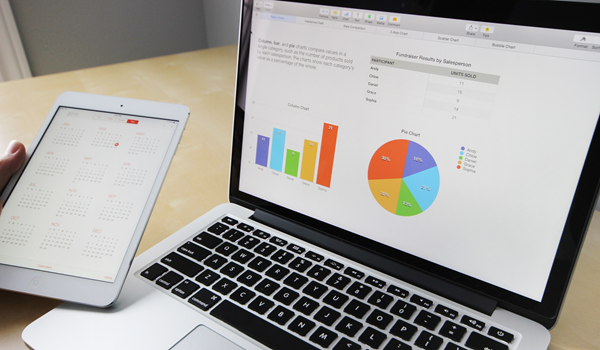Test Results
Results of Tests and Investigations
Results for tests will only be given to the patient. For reasons of confidentiality, results will not be given to family members or friends, unless specifically arranged with the patient in advance.
You may phone for the results of your tests after 11:00am, but please note that we reserve the right not to give results out if we feel this is not appropriate. Please don't worry if we advise you that you need to speak to a doctor about the test results: whilst sometimes this may mean unexpected bad news, in most instances it is because we need to explain the results in more detail or plan further treatment.
As a guide, most blood tests will be back within a week. X-ray and ultrasound results usually take 10 days. Unfortunately, some results do take longer and we may receive part of the test results whilst awaiting the remainder. If you intend to phone for your results please ask your doctor or nurse how many tests have been taken and check with the reception that all the results have been received.
Blood Tests
A blood test is when a sample of blood is taken for testing in a laboratory. Blood tests have a wide range of uses and are one of the most common types of medical test. For example, a blood test can be used to:
- assess your general state of health
- confirm the presence of a bacterial or viral infection
- see how well certain organs, such as the liver and kidneys, are functioning
A blood test usually involves the phlebotomist taking a blood sample from a blood vessel in your arm and the usual place for a sample is the inside of the elbow or wrist, where the veins are relatively close to the surface. Blood samples from children are most commonly taken from the back of the hand. The childs hand will be anaesthetised (numbed) with a special cream before the sample is taken.
You can find out more about blood tests, their purpose and the way they are performed on the NHS Choices website.
X-Rays
An X-ray is a widely used diagnostic test to examine the inside of the body. X-rays are a very effective way of detecting problems with bones, such as fractures. They can also often identify problems with soft tissue, such as pneumonia or breast cancer.
If you have an X-ray, you will be asked to lie on a table or stand against a surface so that the part of your body being X-rayed is between the X-ray tube and the photographic plate.
An X-ray is usually carried out by a radiographer, a healthcare professional who specialises in using imaging technology, such as X-rays and ultrasound scanners.
You can find out more about x-ray tests, how they are performed, their function and the risks by visiting the NHS Choices website.
